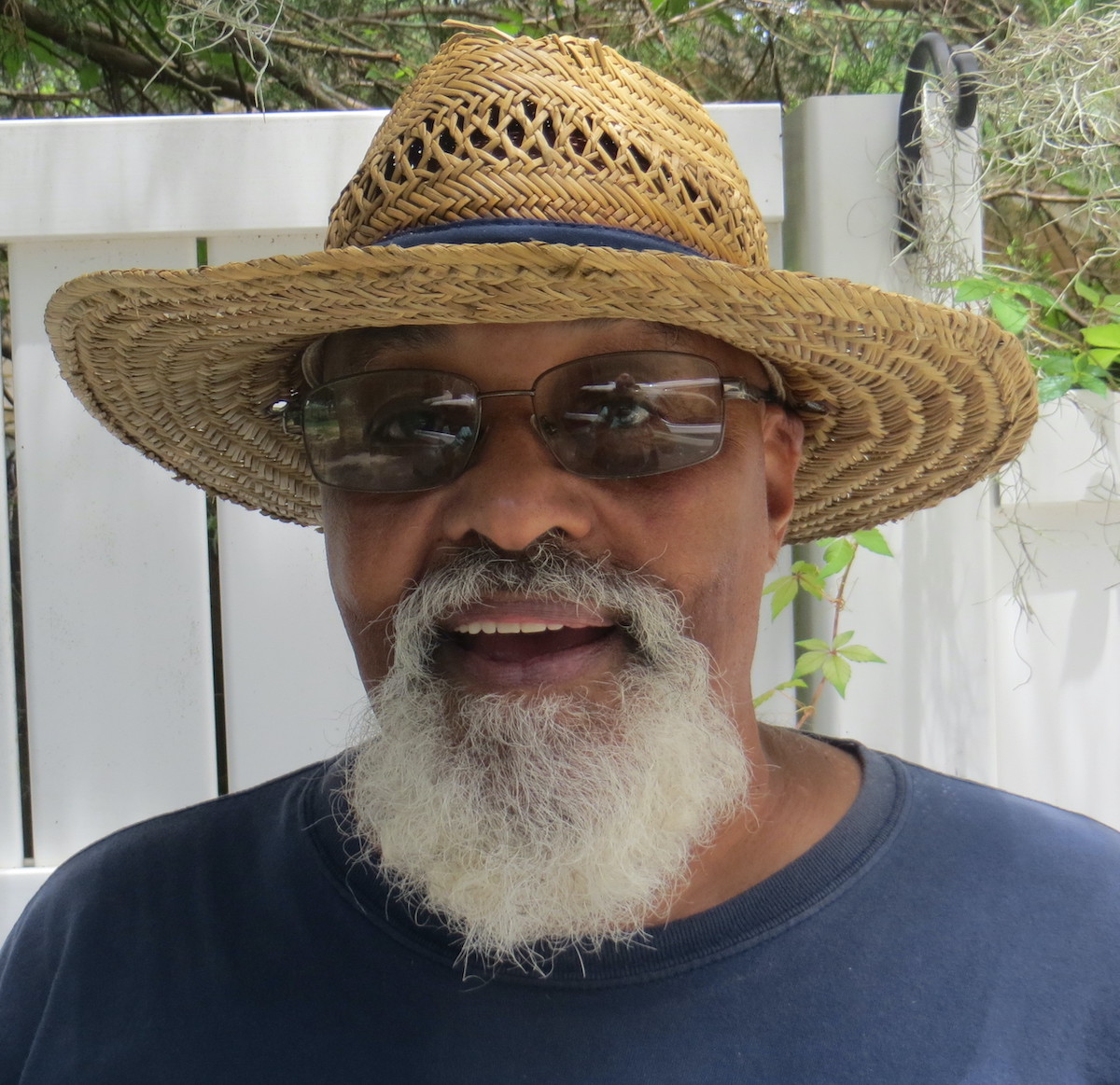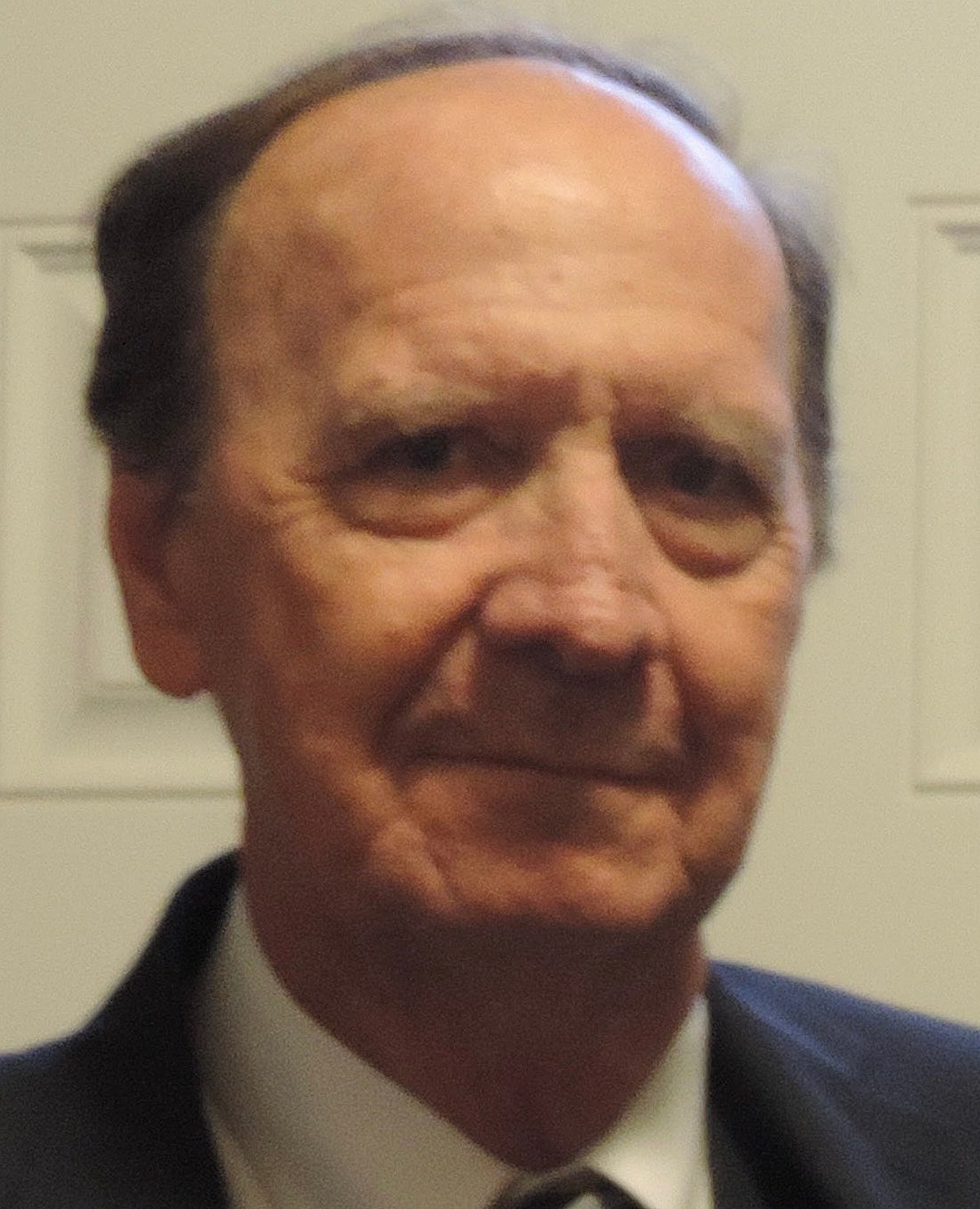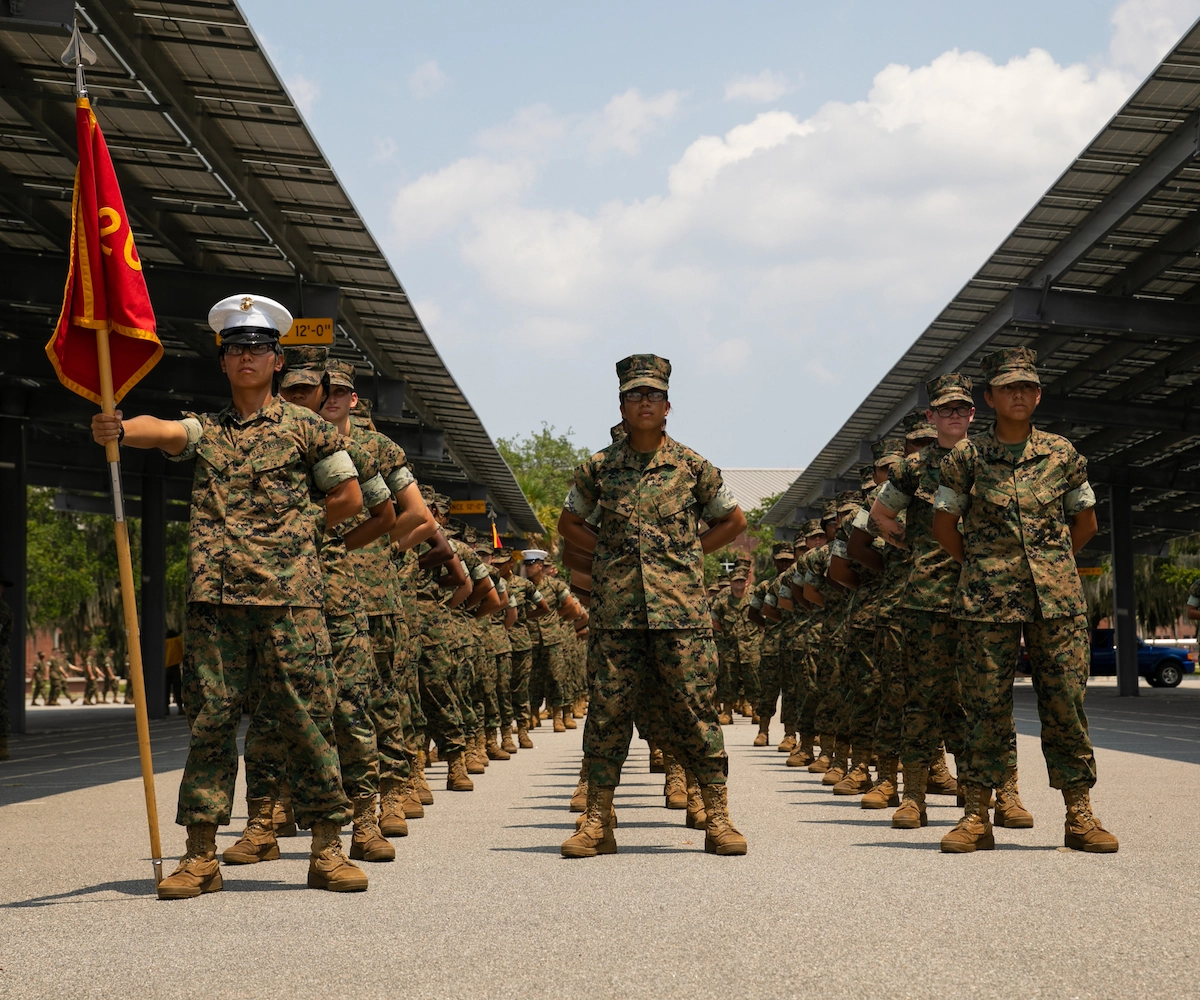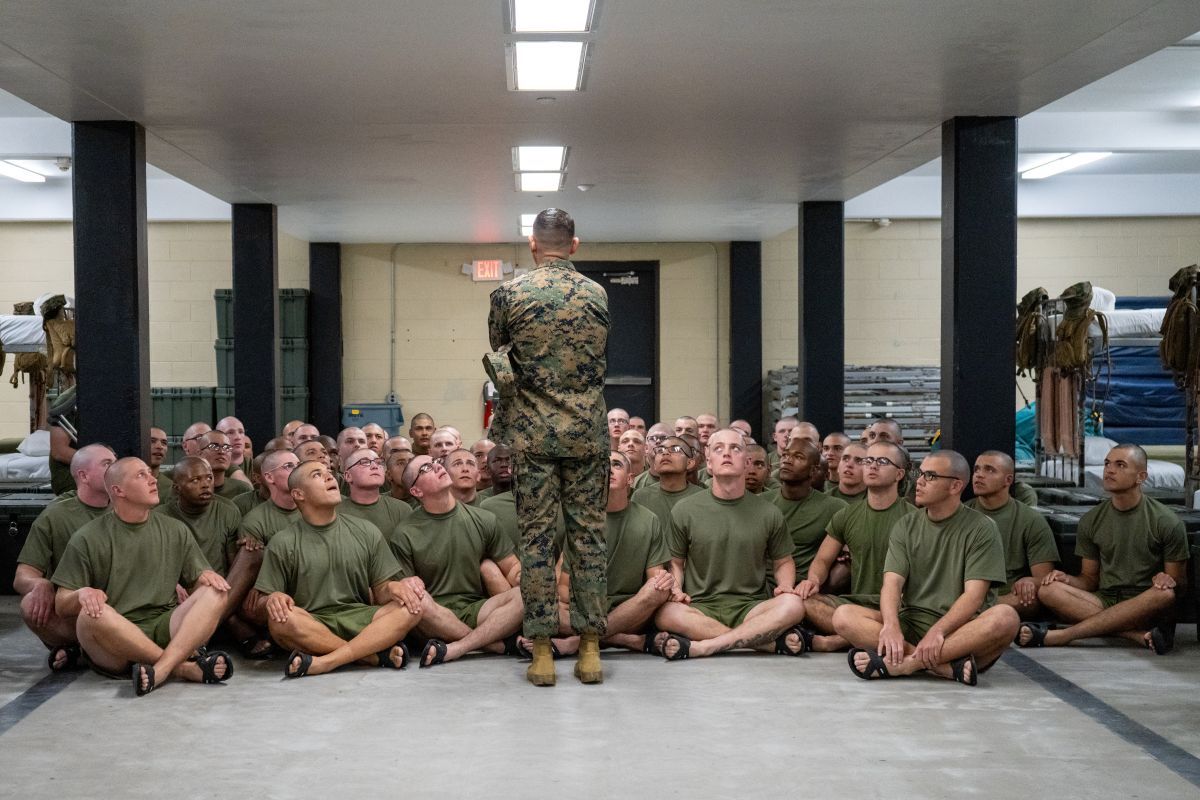By Larry Dandridge
Are you like most other veterans? Meaning, when you were injured, wounded, contaminated with hazardous material, or became ill while serving, you did not collect any evidence of those incidents or events?
Are you like my 21-year-old pal Danny, who fell off of the top of a wet helicopter while performing a pre-flight inspection of his Huey in the dark, early morning hours in Vietnam and hurt his knee and ankle? Danny had no time to go to see a military doctor and he had no time to report the injury or seek treatment. After all, he could still fly with the pain and walk with a limp – and he had a war to fight and lives to save.
How did he know that many years later he would develop more and more pain and instability in his ankle and knee and, be limited in his use of the ankle and knee due to permanent ligament and cartilage damage and worsening osteoarthritis?
Or are you like the veteran who did not report the sleep apnea he developed while in the military afraid it would hurt his career and opportunity to re-enlist? Therefore, no military medical or other official military records of his sleep apnea were ever created. However, his military pals and spouse witnessed his snoring, his waking up gasping for breath, and his tiredness during his military service and after.
When accidents, injuries, wounds, illnesses, and scars occur most military men and women are very young and do not think about the long-term effects of those service-connected events. After all, when you are young, you believe you are bulletproof, can take anything, and can recover from any injury, illness, or wound quickly. When we are young, we have more important things to do than gather evidence of an event that might haunt us later in life.
At 19 years old when I joined the Army, I knew little to nothing about the importance of medical records, accident reports, line-of-duty investigations, incident reports, witness statements, operational hazard reports (OHRs), or enlisted and officer efficiency reports. I also knew very little about military personnel records, battle reports, unit history records, pictures, and other records that could serve as evidence that I could present 25 years later to the VA to substantiate my claim for a service-connected disability.
So, what can veterans do when they find out 10, 20, or 40 years later that they have a mental or physical condition, illness, or condition that is keeping them from working, socializing, and functioning normally? What can veterans do when they find out 10, 20, or 40 years later when that they cannot find the military medical, personnel, and other military records that they need to prove to the VA that their injury, wound, illness, condition, or scar is a military service-connected?
Lay Witness Statements
The answer is the veteran should download copies of VA Form 21-4138, the VA’s Statement In Support Of Claim form, which is found online at https://bit.ly/3Y6KSmY and ask witnesses to fill out and sign the form. Veterans can also get a Lay Witness (Buddy, spouse, family member, battle buddy, etc.) to write a letter to “Whom It May Concern” and have the letter notarized – because the VA requires that the person writing it must swear that their testimony is the truth.
The VA does consider outside evidence when medical records, military personnel records, line-of-duty investigation reports, accident reports, and other official records are not available.
What the VA is looking for
The veteran should also explain to the Lay Witness that the VA is looking for three or four paragraphs that focus on the injury or illness that caused the disability. The letter should tell the VA who, what, when, where, and how the injury, illness, scar, or HAZMAT contamination happened. Specifically, the Lay Witness statement should give as much as possible the following information:
- The witnesses’ name, address, phone number, and email address and relationship to the veteran.
- Details about the incident which caused the injury or illness. If possible, include the date of the incident, the place the incident happened, what unit was involved, and who the witnesses were.
- Details about the injury or illness itself.
- Details about how the disability affects the veteran’s job, social, and personal life.
- The witnesses’ signature and date.
What the veteran is trying to prove
When filing a claim for service-connected disability a veteran is trying to prove the condition, injury, illness, HAZMAT contamination, or scar:
- Happened while he or she was serving in the military.
- Or the injury, illness, or condition was caused by military service and appeared or worsened after the veteran got out of the military.
- Or it happened while they were in the military, but showed up after they got out of the military (Agent Orange, Asbestos, PTSD, Burn Pits, etc.).
- Or it happened while in military service and is secondary (caused by) the injury, illnesses, or wound (Like Migraines caused by TBIs, etc.).
Veterans can use Buddy/Lay Witness Statements in support of their claim, to provide evidence for a VA disability claim for service connection. Not all Veterans have records that reflect injuries or illnesses while serving in the military and Buddy Statements can be a solution to that problem.
The bottom line
Now is the time for veterans to make an appointment with their local Veterans Service Officer (VSO). Now is the time for all veterans to ask their local VSO to explain what disability, healthcare, and other benefits they are eligible for and how to apply for those benefits. Veterans can find SC County VSOs athttps://bit.ly/3qbLVSL. Veterans can find Georgia VSOs at https://bit.ly/44KMVA7.
VSOs will guide veterans through collecting all the evidence (DD214, military medical records, military personnel records, VA medical records, civilian medical records, line-of-duty investigations, accident reports, incident reports, pictures, lay witness statements, etc.) that they need to file a claim for each of their service-connected disabilities.
Larry Dandridge is a Vietnam War wounded warrior, disabled veteran, ex-Enlisted Infantryman, ex-Warrant Officer Pilot, and retired Lt. Colonel. He is a past Veterans Service Officer, a Patient Adviser at the RHJ VA Hospital, the Fisher House Charleston Good Will Ambassador, and the VP for Veteran Affairs for the local Army Association Chapter. Larry is the author of the award-winning book Blades of Thunder and a contributing free-lance writer with the Island News. Contact him at LDandridge@earthlink.net or 843-276-7164.








